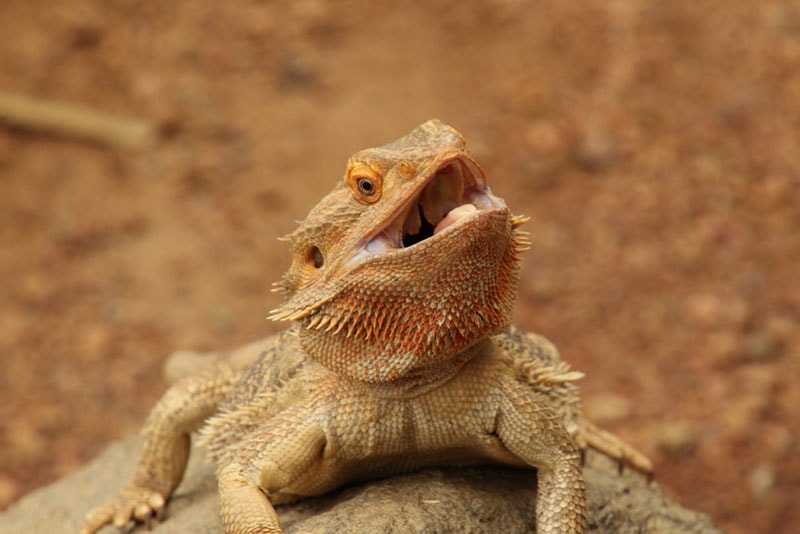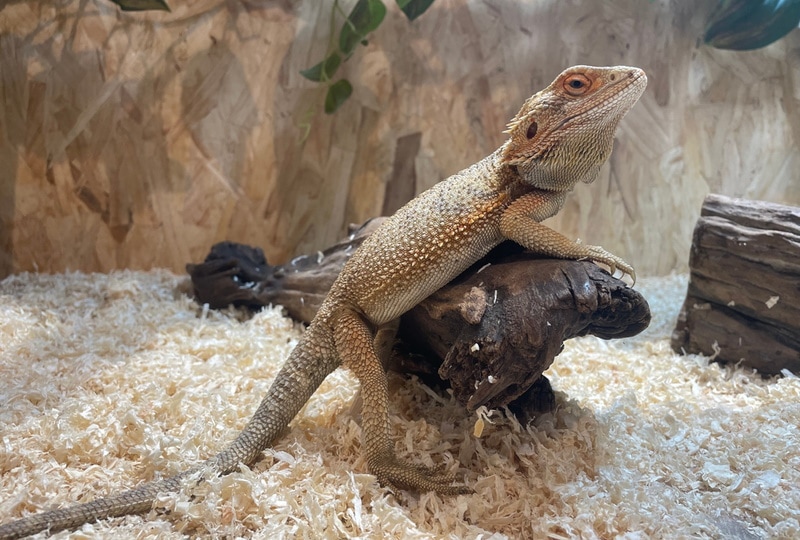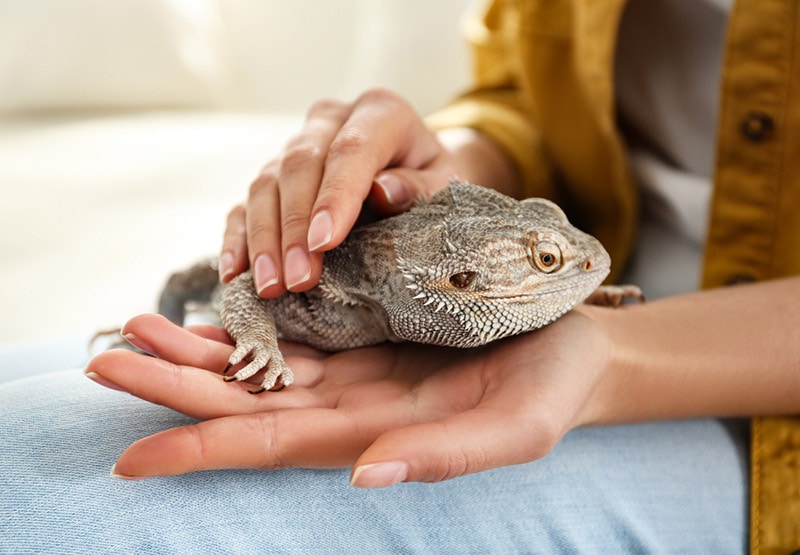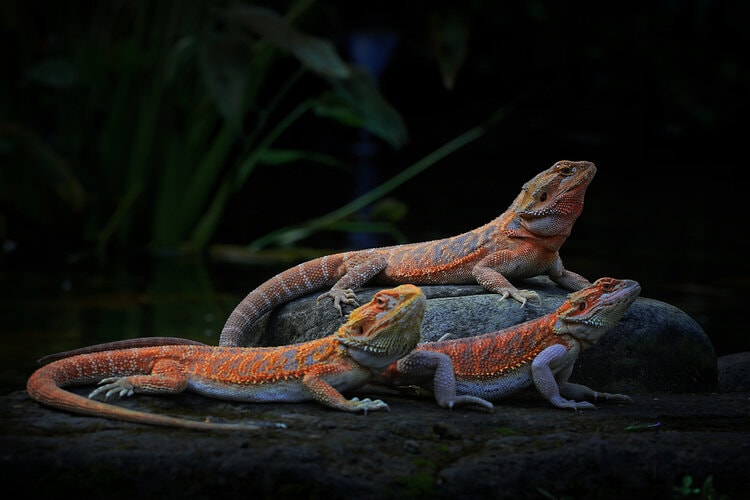Do Bearded Dragons Get Lonely? Vet-Reviewed Reptile Social Habits
Updated on

If you’re thinking of introducing another bearded dragon into the same enclosure, tread carefully. These creatures have a territorial side. When two of them are in close quarters, it might not always be a harmonious setup. They could end up vying for the best basking spot or food, and it might lead to unnecessary stress or, even worse, injuries. Especially two males; they can have a bit of a clash. While male and female pairs may coexist somewhat more peacefully on a temporary basis when they’re mating, it’s still essential to keep a watchful eye on their dynamics.
Basically, it’s best to keep these animals by themselves.
Thinking of Pairing Them Up? Think Again
If you’re thinking of introducing another bearded dragon into the same enclosure, tread carefully. These creatures have a territorial side. When two of them are in close quarters, it might not always be a harmonious setup. They could end up vying for the best basking spot or food, and it might lead to unnecessary stress or, even worse, injuries. Especially two males; they can have a bit of a clash. While male and female pairs may coexist somewhat more peacefully, it’s still essential to keep a watchful eye on their dynamics.
Basically, it’s better to keep these animals by themselves.

Detecting Their Discomfort
While loneliness isn’t a typical emotion for bearded dragons, they can show signs of stress or unease. If your beardie is frequently scraping against the glass or changing their eating habits, they could be trying to tell you something. Consistent hiding or altered sleep can also hint at issues. Whenever you’re in doubt, getting advice from a veterinarian or reptile expert is a wise move.
Engaging Their Curiosity
Bearded dragons might not seek companionship, but they sure appreciate variety and stimulation. Mixing up their diet, introducing safe toys, or occasionally allowing supervised exploration outside their tank can work wonders for their well-being. Every bearded dragon has their quirks, and as their caretakers, it’s on us to make their environment as enriching as possible.

Venturing Out and About
It’s not all about the tank life for bearded dragons. They can enjoy a change of scenery once in a while. Taking your beardie out of their enclosure is a great way to switch things up for them. But don’t just plop them on the sofa and call it a day. Ensure the area is safe and free from potential hazards, like other pets or cold drafts.
Building a Bond
While your dragon doesn’t necessarily get “lonely” in the way we experience it, owners say they do recognize and bond with their caregivers. Handling them, letting them climb on you, or just sitting together can strengthen that bond. Talk to them (yes, really!) to let them get used to your voice and touch. Over time, they might just associate you with safety and warmth. Remember, slow and steady does it. Start with short sessions, gradually increasing as both you and your beardie get more comfortable.

Safety First,
It’s fun to have bonding time, but always be cautious. Bearded dragons are pretty relaxed, but they can get easily startled. So, avoid sudden movements or loud noises. And whenever handling them, always wash your hands before and after. While it’s all about making memories with your scaly buddy, ensuring it’s done safely is key.
Summary
Bearded dragons are interesting creatures with a streak of independence. While they might be lone wanderers in the wild, in our homes, they rely on us for care, attention, and a touch of variety. Though they don’t necessarily crave another dragon’s company, some owners believe they value the interactions and enrichments we provide.
If you ever feel the urge to pair them up, always approach with caution and insight. Talk to your vet first, although we recommend keeping them by themselves. At the end of the day, understanding and catering to their unique needs ensures they lead a contented and healthy life. And remember, when in doubt, seeking expert advice is always a good call.
Featured Image Credit: Deb Kletch, Shutterstock












